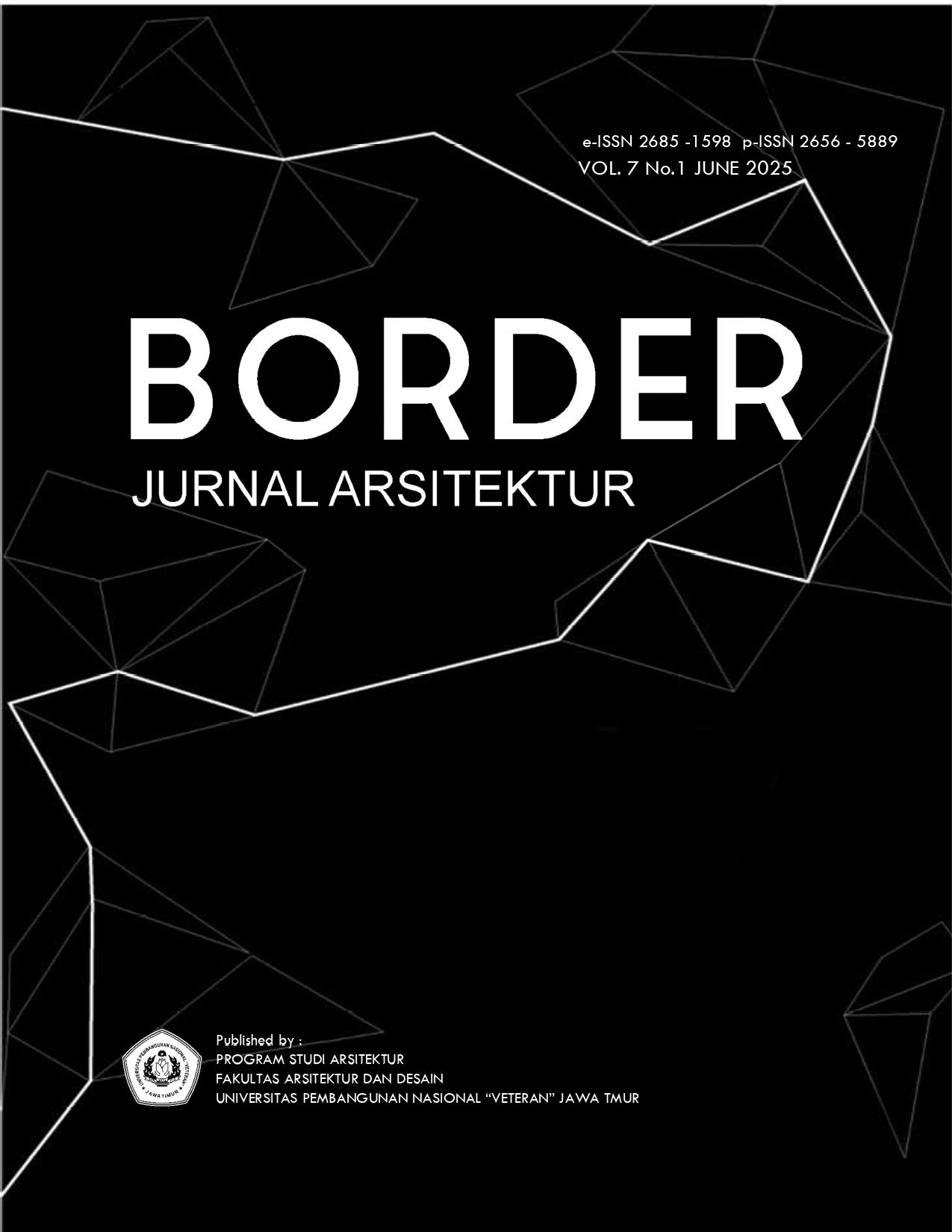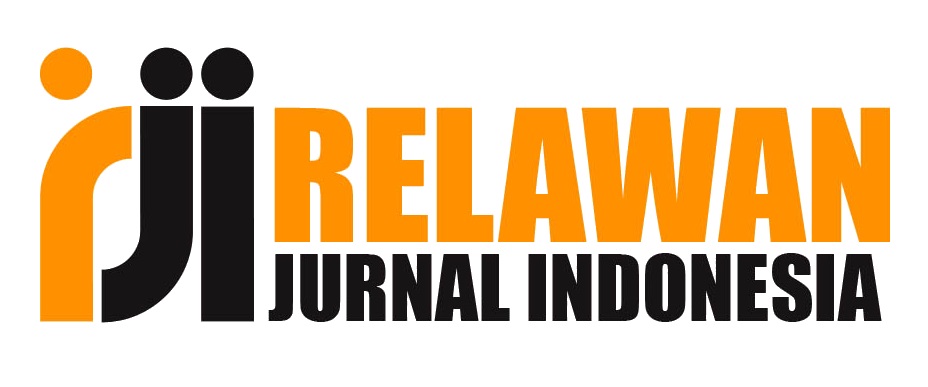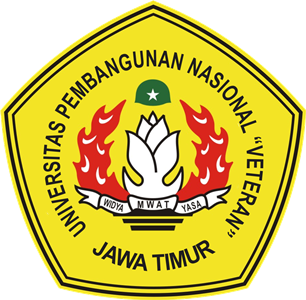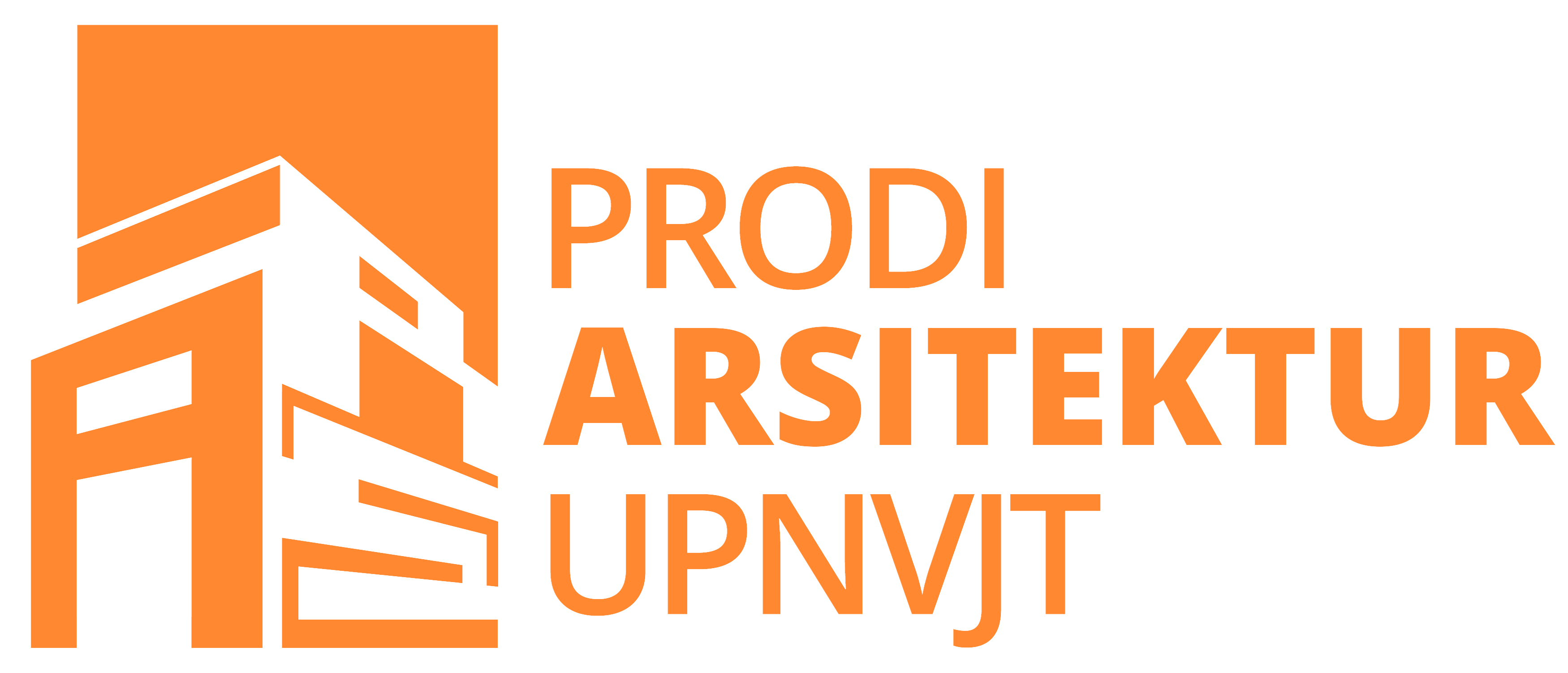TERRITORIAL DYNAMICS AND MULTIMODAL LEARNING IN BOARDING HOUSES: AN EXPLORATION OF ARCHITECTURE STUDENTS EXPERIENCES
Keywords:
architectural education, boarding house, multimodal learning, territoriality, spatial dynamicsAbstract
Among the various types of residences, the boarding house stands out as a distinctive temporary home, acting as a surrogate environment for individuals who are far from their permanent homes. Beyond serving as a place of shelter, it supports the continuity of daily life by offering spaces for rest, study, and social interaction. This is particularly significant in architectural education, where learning involves multimodal methods: visual, aural, read/write, and kinesthetic. These learning styles are deeply embedded in studio-based practices like model-making. However, a research gap exists in understanding how architecture students’ study activities influence spatial dynamics and territoriality in shared boarding house environments. To explore this, a multi-method approach was used, including traffic lane observations, interviews, and image documentation. Findings revealed two types of territorial infringement: one caused by academic activities such as design work and model-making, and another involving contamination and minor spatial violations during detailed model production. These infringements stem from shared ownership, limited space, and the nature of architectural tasks. The study suggests two architectural design strategies to mitigate these issues: incorporating fixed features to define zones clearly and providing semi-fixed features to accommodate changes in use. These solutions aim to balance communal living with individual academic needs.
Downloads
References
Abd Elhamid Abd rabboh, E. E. (2020). Implementation And Assessing Utilizing of VARK Theory at Pedagogy in The Architectural Design Studio: Experimental Study. Journal of Al-Azhar University Engineering Sector, 15(54), 80–91. https://doi.org/10.21608/auej.2020.73135
Al Hanif, F. I., Hartarto, R. B., & Hajar, I. (2023). The Effect of Campus Existence on Boarding House Rental Prices: A Case Study of Universitas Muhammadiyah Yogyakarta. Journal of Economics Research and Social Sciences, 7(2), 231–239. https://doi.org/10.18196/jerss.v7i2.19225
Altman, I. (1975). Environment and Social Behavior: Privacy, Personal Space, Territory, and Crowding. Brooks/Cole.
Avenzoar, A., Fitriyanto, D. A., & Firmansyah, Y. K. (2024). Study Of Preferences For Student Communal Space In The Upn Veteran Jawa Timur. Border Journal, 6(1), 67–80. https://doi.org/10.33005/border.v6i1.766
Cabual, R. A. (2021). Learning Styles and Preferred Learning Modalities in the New Normal. OALib, 08(04), 1–14. https://doi.org/10.4236/oalib.1107305
Cenani, S., & Aksoy, Y. (2020). An Introduction to Design Studio Experience: The Process, Challenges and Opportunities. Journal of Design Studio, 57–69. https://doi.org/10.46474/jds.813689
Creswell, J. W. (2013). Research design: Qualitative, quantitative, and mixed methods approaches (4th ed.). SAGE.
Asikin, D., Handajani, R. P., & Ernawati, J. (2022). Adaptasi Berhuni Mahasiswa pada Hunian Indekos di Kota Malang. Jurnal Lingkungan Binaan Indonesia, 11(2), 64–70. https://doi.org/10.32315/jlbi.v11i2.158
Fisher, S. (2017). Homesickness, cognition, and health (1st ed.). Routledge.
Fleming, N. D., & Mills, C. (1992). Not Another Inventory, Rather a Catalyst for Reflection. To Improve the Academy, 11(1), 137–155. https://doi.org/10.1002/j.2334-4822.1992.tb00213.x
Kaba, I., & Abdou, S. (2022). Learning styles of architecture and interior design students: a review of the literature. Technium Social Sciences Journal, 37, 88–100. https://doi.org/10.47577/tssj.v37i1.7699
Narida, T. S., Setijanti, P., & Cahyadini, S. (2023). Studio Learning Expansion: Space Used to Guarantee Architecture Students Study Activities. International Journal of Multidisciplinary Research and Publications (IJMRAP), 6(3), 1–5.
Newmark, N. K., & Thompson, P. J. (1977). Self, Space and Shelter: An Introduction to Housing. Canfield Press.
Niezabitowska, E. D. (2018). Research Methods and Techniques in Architecture. Routledge. https://doi.org/10.4324/9781315165592
Noviandri, P. P., & Sudarsono, A. S. (2022). Identification of Comfort Aspects of Architectural Students’ Residence for School from Home Activities. IOP Conference Series: Earth and Environmental Science, 1058(1), 012023. https://doi.org/10.1088/1755-1315/1058/1/012023
Park, S. (2020). Rethinking design studios as an integrative multi-layered collaboration environment. Journal of Urban Design, 25(4), 523–550. https://doi.org/10.1080/13574809.2020.1734449
Ramírez-Lozano, L. F., & Francel-Delgado, A. E. (2024). Internal migrations as phenomenon of social mobility and territorial experience among architecture students, University of Tolima, Ibagué, Colombia. Frontiers of Architectural Research, 13(5), 1158–1169. https://doi.org/10.1016/j.foar.2024.04.003
Rapoport, A. (2005). Culture, architecture, and design. In Architectural and planning research book series.
Rombout, F., Schuitema, J. A., & Volman, M. L. L. (2021). Teachers’ implementation and evaluation of design principles for value-loaded critical thinking. International Journal of Educational Research, 106, 101731. https://doi.org/10.1016/j.ijer.2021.101731
Saarinen, S., Ilgın, H. E., Karjalainen, M., & Hirvilammi, T. (2022). Individually Designed House in Finland: Perspectives of Architectural Experts and a Design Case Study. Buildings, 12(12), 2246. https://doi.org/10.3390/buildings12122246
Setijanti, P., Cahyadini, S., & Narida, T. S. (2023). Living In A Boarding House: a Privacy Mechanism in Architecture Student’s Private Study Room. Journal of Architecture&ENVIRONMENT, 22(2), 209. https://doi.org/10.12962/j2355262x.v22i2.a17971
Worsley, J. D., Harrison, P., & Corcoran, R. (2021). The role of accommodation environments in student mental health and wellbeing. BMC Public Health, 21(1), 573. https://doi.org/10.1186/s12889-021-10602-5
Downloads
Published
How to Cite
Issue
Section
License
Copyright (c) 2025 Border: Jurnal Arsitektur

This work is licensed under a Creative Commons Attribution 4.0 International License.

















